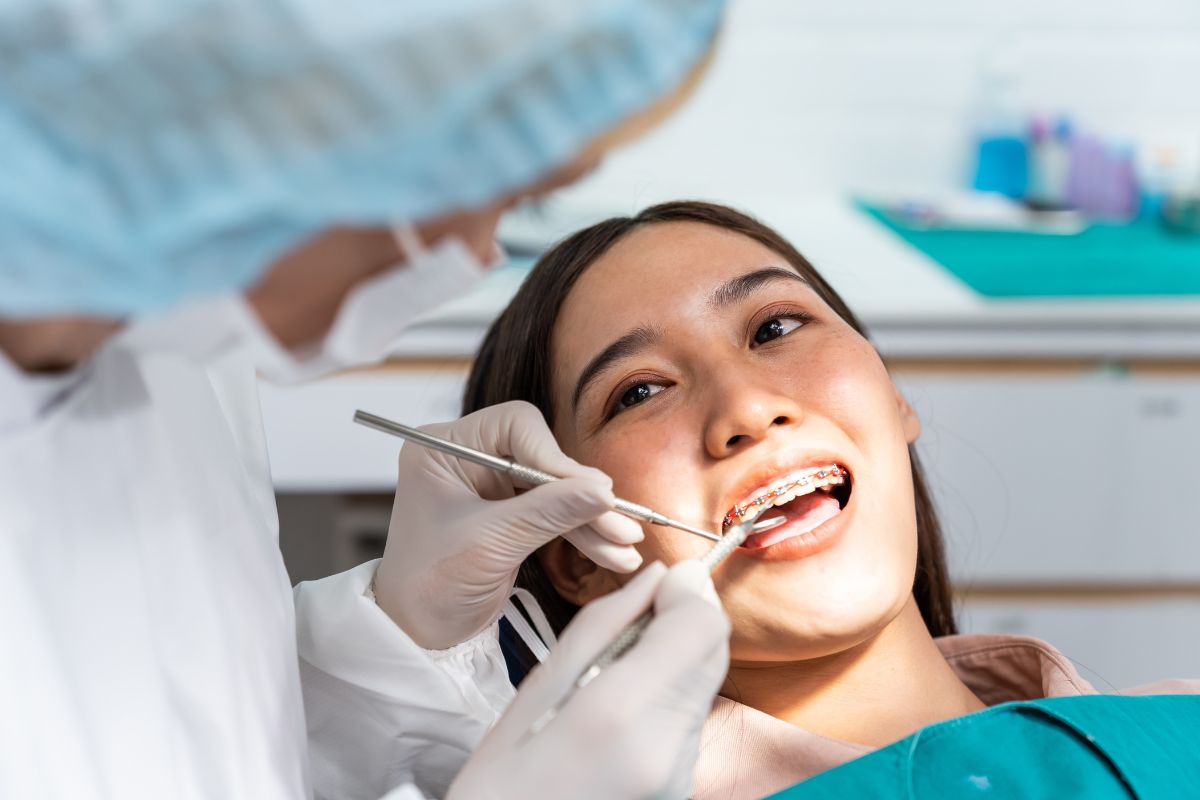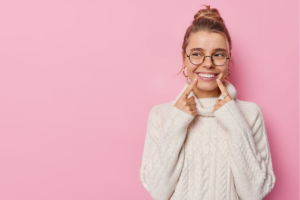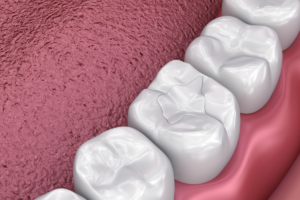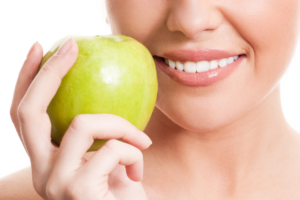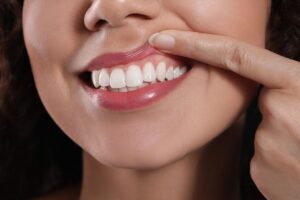Orthodontic services help you or your children have better teeth alignment and bite. Oral issues such as teeth erosion, cavities, and gum diseases are less likely to occur when your teeth are aligned. But what are your options? This article will explain all of these services so you can make an informed decision. So, continue reading.
Who Offers Orthodontic Services?
Orthodontic services are offered exclusively by dentists who undergo two to three years of additional training to perform orthodontic treatments. These dentists are called orthodontists. We have another article, dentists vs. orthodontists , if you want to know more about them. In short, general dentists are more concerned with oral examinations and treating cracked teeth, cavities, gum disease, and tooth extraction, while orthodontists are more concerned with teeth and jaw alignment.
What Problems Are Treated by Orthodontic Services?
Orthodontic services can treat many oral problems including, but not limited to, the following:
- Gap teeth: it’s usually visible in the front teeth, but it can happen to molar teeth, too;
- Crowding: when the jaw is too small for all the teeth, they become misaligned;
- Overbite: when your upper teeth close over the lower teeth;
- Underbite: when your lower teeth extend in front of your upper teeth;
- Crossbite: when there is an overbite and an underbite simultaneously.
What Are My Options for Orthodontic Services?
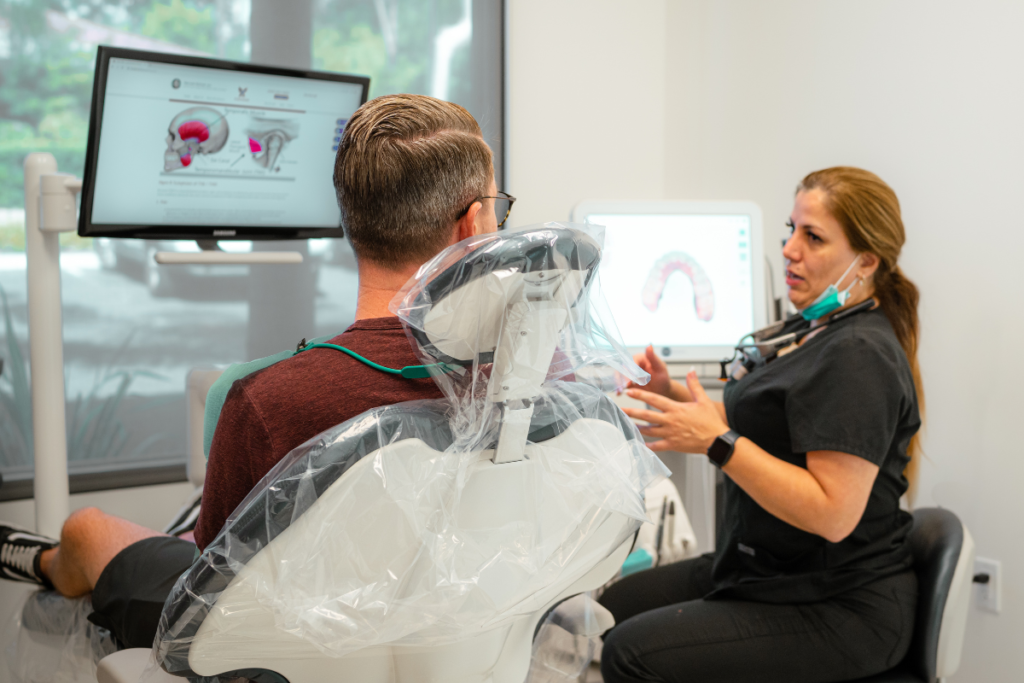
The American Association of Orthodontics (AAO) categorizes orthodontic services into seven parts: braces, elastics, retainers, archwires, mouthguards, and aligners. Here is a short description of each:
Braces
Braces are your most common option for orthodontic treatment for adults or children. They can treat many problems, including misaligned bite and jaw problems. Braces also help many patients with hygiene maintenance, eating, and speaking. On top of all this, braces are not uncomfortable and visible like before. You can have clear braces that are comfortable and unnoticeable to have a better orthodontic experience throughout your treatment.
Braces are usually prescribed for anyone who has at least one of the following complications:
- Visible crooked, misaligned, or crowded teeth;
- Early, late, or irregular tooth eruption;
- Jaw pain or clicking;
- Mouth breathing;
- Tongue- or cheek-biting.
In our comprehensive guide to clear braces, you can learn more about braces. We also have another blog post, properly cleaning your teeth with braces that you can refer to for more information.
Elastics
Elastics are recommended when your braces need more pressure to change your teeth’s position. They are basically tiny rubber bands that your orthodontist carefully attaches to your upper or lower teeth vertically or diagonally. They can go from one jaw to the other or connect a group of teeth in one jaw.
Don’t forget that you are responsible for placing and removing the rubber bands during your treatment, and you should strictly follow your dentist’s instructions for using these elastics. If you use more elastics than prescribed or attach them in the wrong direction, the pressure could damage your teeth and jaw.
Generally, it is recommended to have extra elastics with you all the time to replace the missing or damaged ones. If you are out of elastics, you should go to your orthodontist’s office immediately and not wait for your next checkup appointment.
Retainers
Retainers are prescribed to maintain the new position of your teeth after an orthodontic treatment. They also allow your jawbone to rebuild with the teeth in the new alignment. Retainers are usually made out of hard plastic, but there are also wire retainers that combine a hard plastic plate and a metal wire. These wires are placed against the roof of your mouth so they won’t be visible. You just need to brush every kind of retainer thoroughly after every meal.
Archwires
Archwires are another addition to braces that fit into your brackets and move your teeth to the correct position. They have different sizes, and your orthodontist will prescribe one appropriate for your upper and lower jaws. Round archwires are used in earlier stages of treatment, and rectangular ones are used in the later stages of orthodontic treatment. These wires can also act as a retainer to maintain the position of the teeth after the orthodontic treatment.
Mouthguards
Many people believe mouthguards are for professional athletes to protect their teeth; that is one of the functions of this orthodontic device. However, wearing a mouthguard is also recommended if you go through an orthodontic treatment and enjoy sports. It will fit over the braces or retainers to protect the progress you have made so far.
You can have a custom-made or an over-the-counter (OTC) mouthguard. Your orthodontist constructs the custom-made mouthguard based on your teeth impression. They cost more than OTC mouthguards, but it will be worth the investment. Over-the-counter mouthguards are also available in two versions: “boil and bite” and “ready to wear.” Boil and bite mouthguards can take the shape of your teeth as you boil them at home. But ready-to-wear mouthguards cannot be customized.
Aligners
If you don’t want to deal with wires and brackets, aligners are the best option for you. These transparent orthodontic devices correct mild to moderate gapped teeth, crowded teeth, and all kinds of malocclusion. Aligners are thin, plastic-like trays that are made especially for your teeth. Your orthodontist will give you a series of aligners you should put on individually for a certain period. When your trays are finished, your treatment will be done. We recommend Invisalign® for your aligners, and our article “How Does Invisalign® Work?” will delve more into how it works.
Dr. Maryam Horiyat has further explained why Invisalign® is the best option for teeth straightening in the above video.
Aligners vs. Invisalign®
Now that we have covered all the orthodontic services, you might wonder how to choose between aligners and braces. Generally speaking, the treatment length of braces is longer than Invisalign®, and they are more noticeable aesthetic-wise. You will also need more appointments with your orthodontist to adjust the braces. So, it seems that Invisalign® is preferable. If you need to know more, check out our blog, Invisalign® vs. Braces; the Answer Is Clear!.
Pros And Cons of Orthodontic Services
The pros of orthodontic services are apparent: they align your teeth for easier cleaning and maintenance to prevent further damage. They also improve your speaking and chewing and ease jaw pains. These services don’t have many cons. They might temporarily cause pain or discomfort, but the result will have such a positive effect on your oral health that it will be well worth it.
Are You Looking for a Holistic Orthodontist?
This article discussed orthodontic services, but the question of whom you can trust for your treatments still remains. Aria Dental Care in Orange County, CA, is a holistic and biological dental office offering a wide range of orthodontic treatments, including Invisalign®, clear ceramic braces, and other dental appliances. Our treatment plans are safe, natural, and biocompatible to reduce any undesirable side effects to zero. Contact us today for a consultation that will ease your mind and make you confident to start your treatment.













